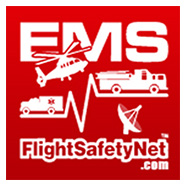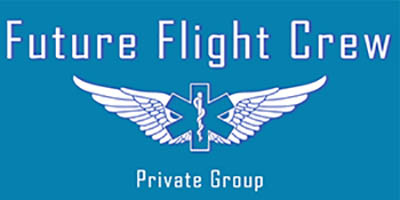FARGO — The North Dakota insurance commissioner says air ambulance carriers that prey upon consumers by refusing to negotiate agreements with health insurers have become emboldened by failed efforts of state regulators to pass laws to curb abuses.
As reported by the Bismark Tribune, states including North Dakota have been blocked from passing effective regulations because federal law gives the federal government the sole authority to regulate air ambulance services.
So far, federal transportation officials have failed to take action, and now Insurance Commissioner Jon Godfread is urging Congress to pass legislation that would take an approach similar to a 2017 North Dakota law that was struck down.
North Dakota has nine air ambulance services, and most of the complaints Godfread’s office receives involve two firms, Guardian Flight, which is suing the state over the law, and Life Link III, he said.
Consumers can be stuck with huge bills — the average exceeded $55,000 in cases tracked by North Dakota insurance regulators — through a practice called balance billing.
That’s what happens when a provider bills a patient for any remaining balance owed after the amount paid by insurance.
One example, cited in a federal report from a consumer who was flown from Dickinson to Bismarck in November 2017, resulted in a charge of $41,000. The patient’s insurer paid $6,700, leaving a balance of about $34,700.
“Most of these providers are good actors and provide a service to our consumers,” Godfread wrote in a letter to Senate leaders. “The bad actors in our state use the balance billing method as a business model to prey on people during their most vulnerable time.”
From 2013 through 2017, the North Dakota Insurance Department received 32 complaints totaling $1.77 million for air ambulance transports, or an average consumer cost of $55,341, according to state figures.
North Dakota is one of six states that were examined in a Government Accountability Office report issued earlier this year that recommended steps to protect consumers.
The GAO recommendations include requiring consumer disclosure, systematically gathering information to enable analysis and making consumer complaint information public.
North Dakota is appealing a decision last year that struck down a key portion of its law, which would require air ambulance providers that don’t have agreements with insurers to accept the median amount paid by insurers.
Godfread said the state hopes federal appeals judges will hear oral arguments in the case by the end of the year.
“I think we’ve still got a shot at that,” he said, referring to chances of overturning the trial judge’s decision. “We’re optimistic at this point.”
Requiring air ambulance carriers to have agreements with insurers — thus not exposing consumers to crippling bills — is a just way of addressing the problem, Godfread said.
“I believe that’s a fair and reasonable compensation,” he said. “It’s not taking them down at the knees. They’re still getting paid for their services.”
A bill pending in the Senate with bipartisan support would take a similar approach. Advocates including Godfread hope similar language can be added to a companion bill in the House.
“I think this is an opportunity for Congress to have a win,” Godfread said, adding that members of North Dakota’s congressional delegation support the legislation.
Consumers are frequently stuck with out-of-network air ambulance bills, according to the GAO study. It found that 69 percent of air ambulance transports were out-of-network in 2017, much higher than the 51 percent for ground transports.
Also, the GAO study found, there is a significant shifting of costs from public insurance. Air ambulance operators complained to government investigators that Medicare rates fail to cover costs, forcing them to recover costs from private insurers or their customers.
Three large air ambulance carriers dominate the industry, operating 73 percent of the air ambulance helicopters in 2016, according to the GAO report. Guardian Flight, operating in North Dakota as Valley Med Flight, for example, is part of a consortium of 10 air ambulance carriers.
A spokesman for Guardian Flight declined comment, citing the pending litigation. Life Link III did not respond to a request for comment.
[divider style=”10″]
Interested in learning more about how to get started as a Flight Medic, Flight Nurse or EMS Pilot?
Join our Future Flight Crew Private Facebook Group. Answer 3 simple questions to join, takes less than a minute.
CLICK THE BANNER to Sign Up:
[arrows style=”arrow-red-11.png” align=”left”]



